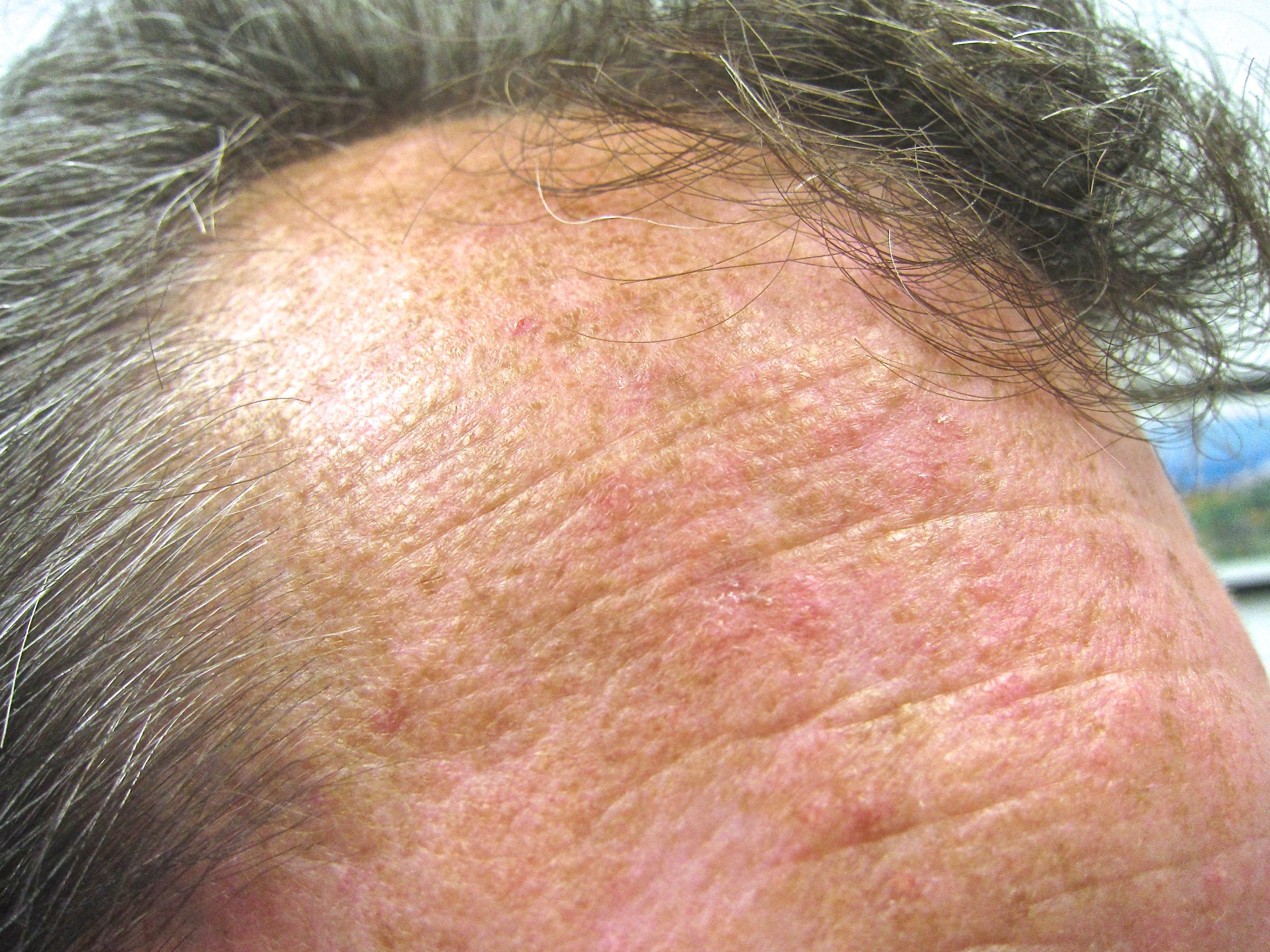
As an experienced aesthetician, I’ve seen signs of skin cancer on numerous occasions. More often than not, however, a suspicious spot or patch on the skin is nothing to worry about. Thankfully, then, I get to give patients the good news that it’s merely actinic keratosis. As you might expect, they look at me like I’m from outer space.
“What’s That?”
In addition to their difficult name, actinic keratoses present a problem when it comes to self-exams. The simple fact that they tend to appear out of nowhere sends most of my patients into a panic. They are also likely to be found on the face, scalp, neck, ears, and other parts of the body, where common cancers like basal and squamous cell carcinoma tend to appear. When we add that to the fact that actinic keratosis often occurs in older individuals, it’s no wonder patients come to me in a tizzy after noticing one of these spots. Fortunately, there is no need to worry about cancer—at least not right away.
Appearance
Because they are caused by prolonged exposure to the sun, actinic keratoses frequently appear on uncovered areas. Those that I have seen are rough, dry, even scaly patches of skin that are less than an inch in diameter. Often flat or slightly raised, their color ranges from pink to red or brown. In some instances, patients complain that the affected area itches or burns. These strange, uncommon sensations are generally caused by skin irritation.
Advice
Although actinic keratoses are not considered skin cancer, they may turn into squamous cell carcinoma if left untreated. As such, they are considered by most dermatologists to be precancerous lesions. In the research I’ve done, I discovered that untreated lesions have about a 20 percent chance of becoming skin cancer. There are even a few early warning signs that alert patients of potential danger.
Lesions could be hazardous to your health if they continue to grow, bleed, or simply persist. In these instances, it is always a good idea to have the spot or patch of skin examined by a dermatologist. As long as the actinic keratoses are caught before they turn cancerous, they can be safely and completely removed without worry.
At the end of the day, you should always have a suspicious spot looked at to be safe.
